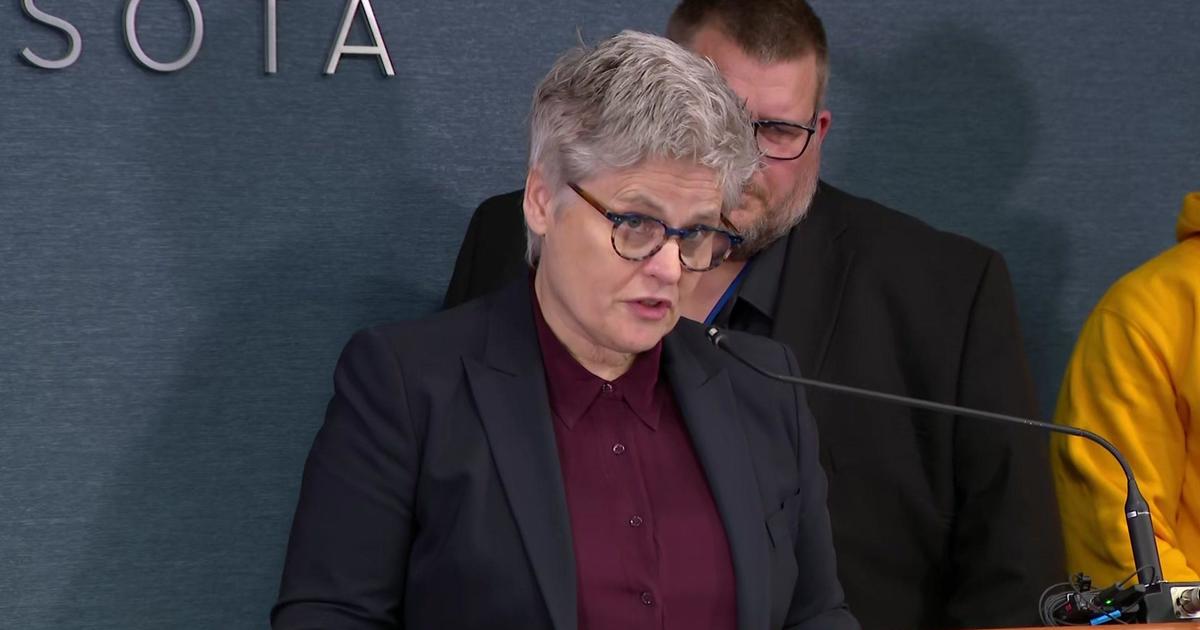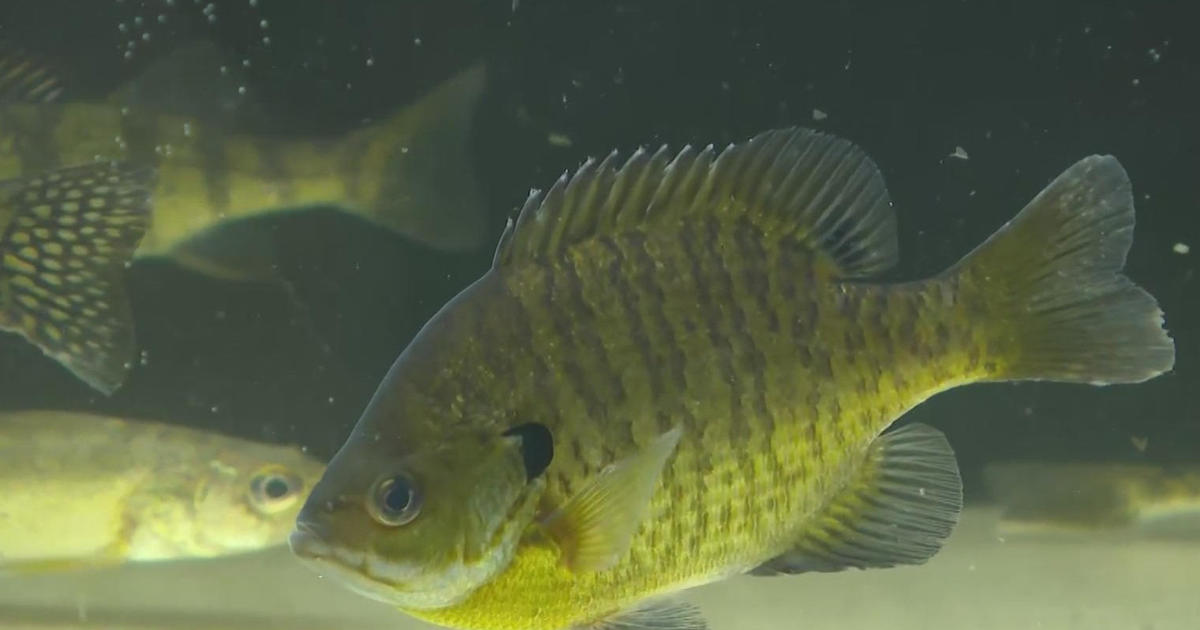Report Card On Pheasant Population Shows Need For Action
MINNEAPOLIS (AP) — Minnesota's efforts to boost its pheasant population are off to a good start but there's much work ahead and more funding is critical, the Department of Natural Resources said Wednesday as it released its first report card on the initiative.
The DNR developed the report card to track progress and gauge the need for additional resources on 10 action items that grew out of the 2014 Minnesota Pheasant Summit. Most of the action items relate to protecting and creating habitat for pheasants and other wildlife.
The report card shows upward trends of improvement on 18 measures, four downward and 12 flat.
The highest-profile item was Gov. Mark Dayton's buffer strips initiative — stronger requirements for farmers to leave vegetation along waterways to trap sediment and pollutants while providing habitat at the same time. The Legislature approved the plan last year, and the report card said the state is making progress and meeting targets on most measures for implementing it.
"The report card highlights positive action and trends on a number of specific items that improve pheasant populations and pheasant hunting," DNR Commissioner Tom Landwehr said in a statement. "However, as the 2016 legislative session gets started, we are at a critical fork in the road for the pheasant plan that may decide whether we make meaningful progress or head on a downward trend."
That's because lawmakers will consider funding for several proposals: recommendations for habitat-related projects through the state's Outdoor Heritage Fund, which comes from sales taxes; Dayton's borrowing proposal, which includes money for acquiring public lands and for conservation efforts on private lands; and legislation to increase roadside habitat.
In an interview, DNR pheasant action plan coordinator Kevin Lines called grassland habitat "the most important ingredient" for producing a healthy pheasant population. The agency estimated last fall that the pheasant population was up 33 percent from 2014, but still 59 percent below the long-term average.
Habitat loss is the main factor in the long-term decline, and one of the biggest contributors has been declining participation in the federal Conservation Reserve Program, which pays farmers to take marginal land out of production for set periods. Minnesota farmers had nearly 1.5 million acres enrolled in the general CRP program at its peak in 2007. But because of higher crop prices a few years ago, enrollment fell to under 600,000 acres by 2015 and it's still trending downward, Lines said.
To help blunt the impact, the state hopes to get federal approval for its latest application for the Conservation Reserve Enhancement Program, or CREP, a subset of CRP. Minnesota wants to permanently protect 100,000 acres of privately owned grasslands and wetlands in 54 counties to improve water quality and create habitat.
Lines said recent low crop prices and the buffer requirements are contributing to renewed farmer interest in CREP.
(© Copyright 2016 The Associated Press. All Rights Reserved. This material may not be published, broadcast, rewritten or redistributed.)



